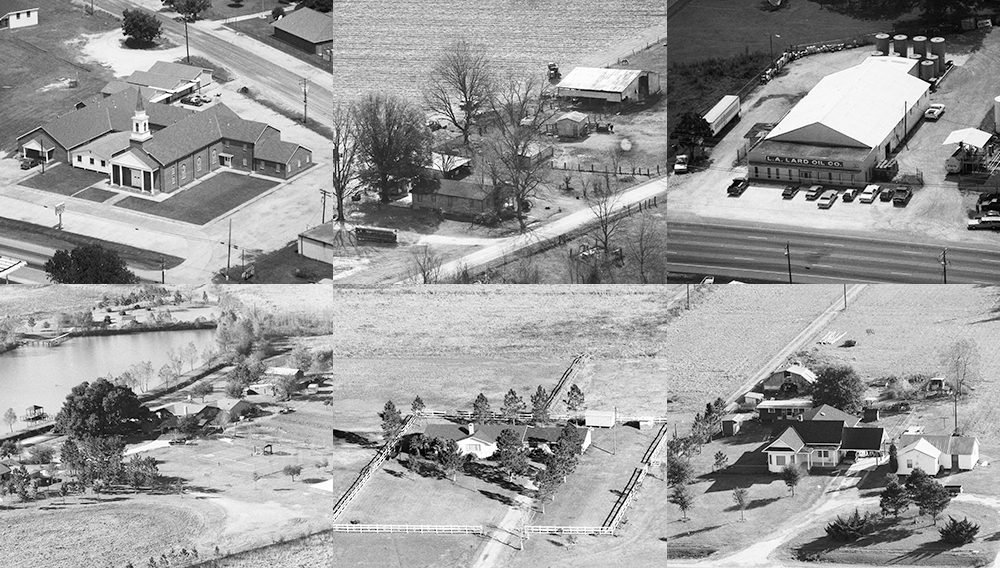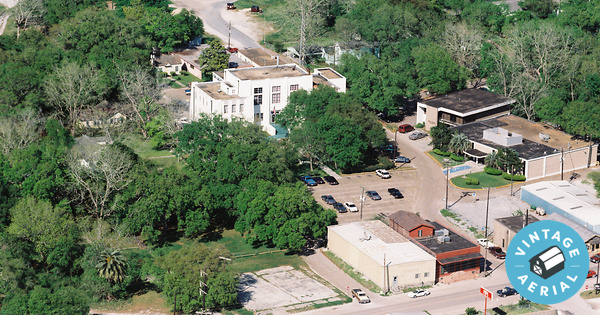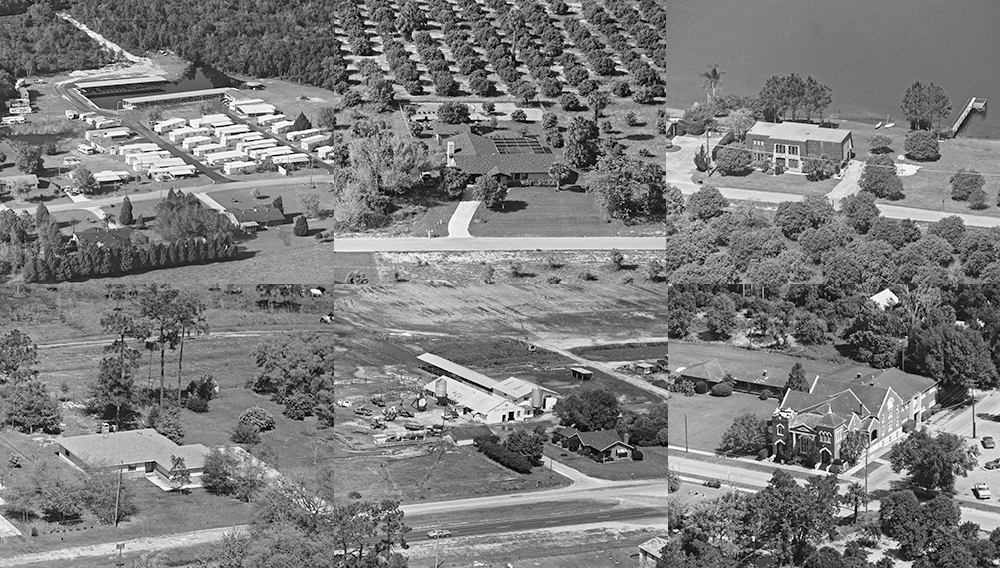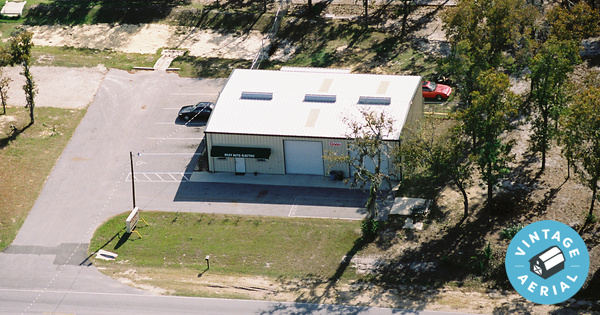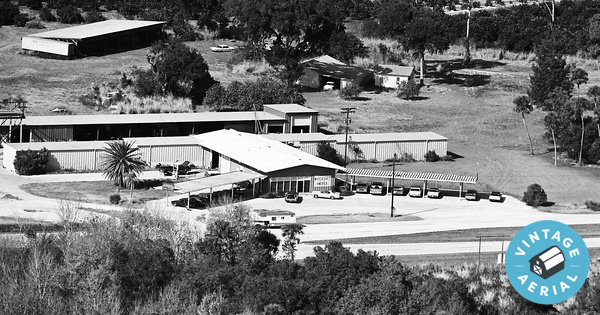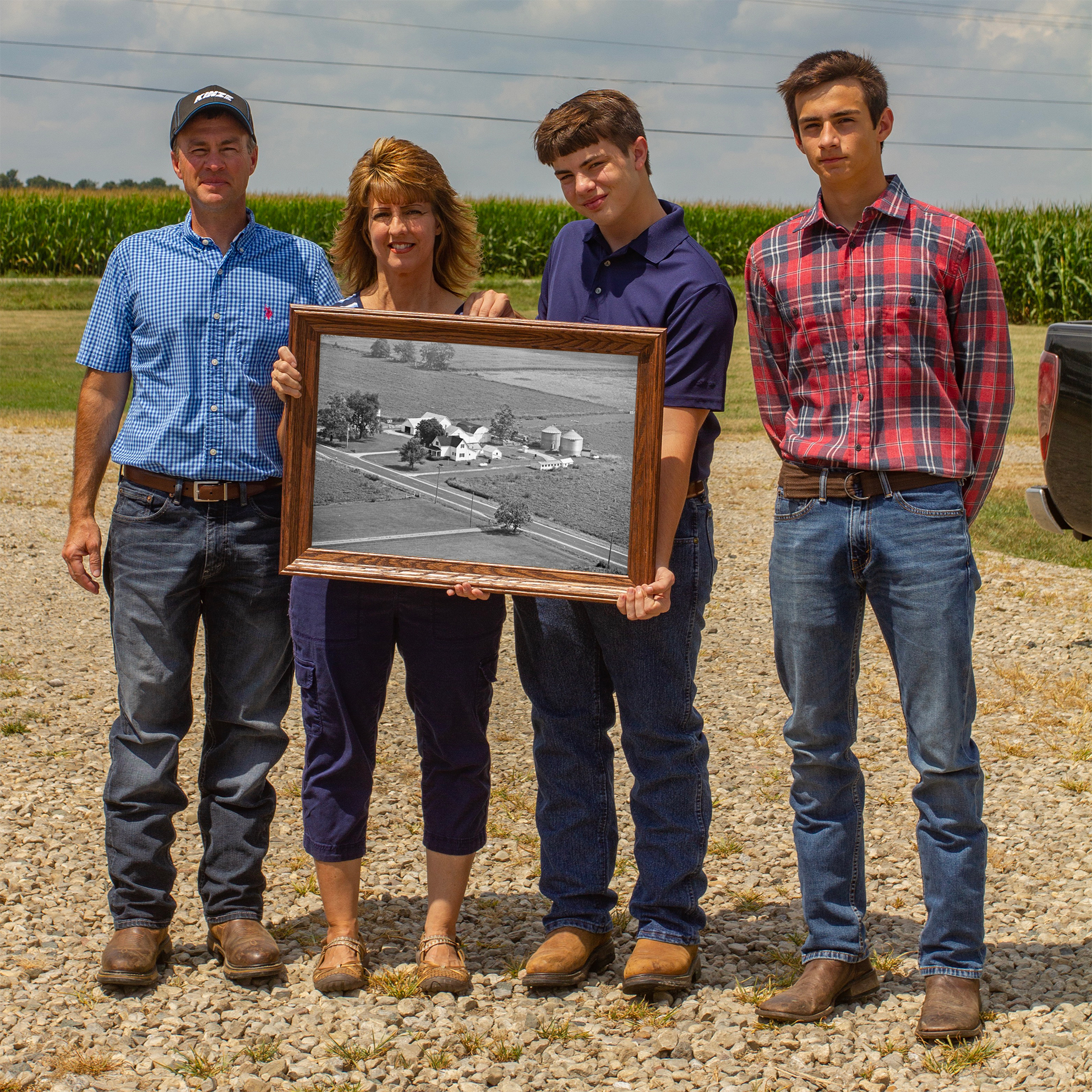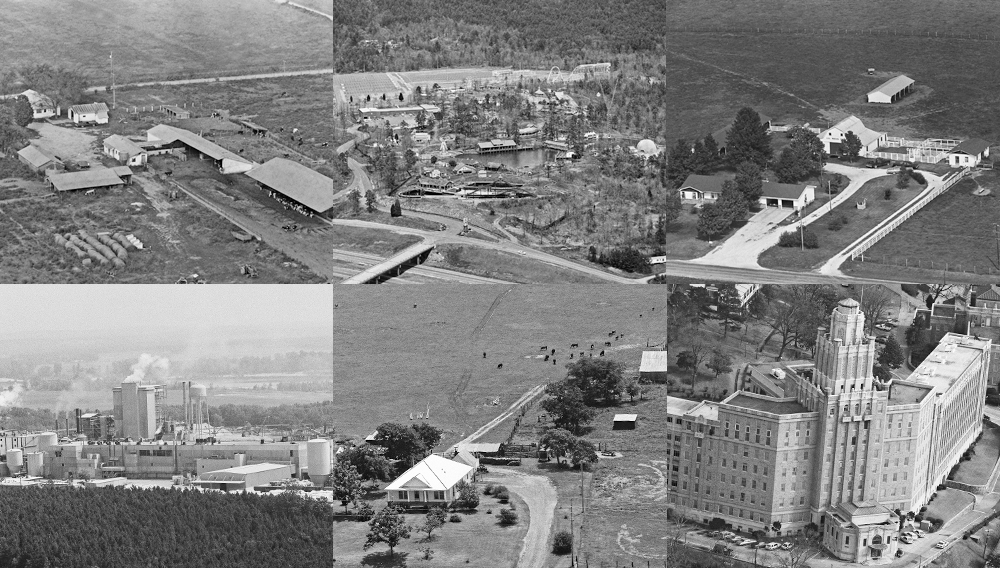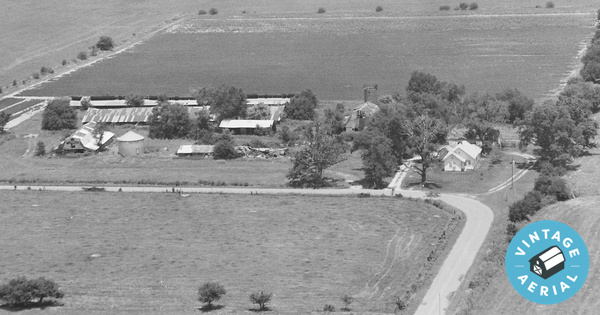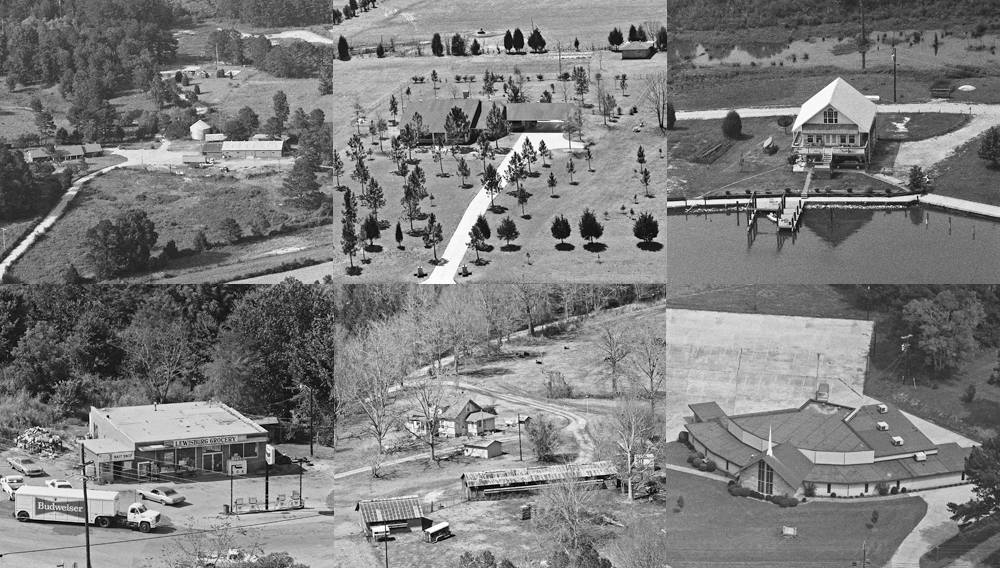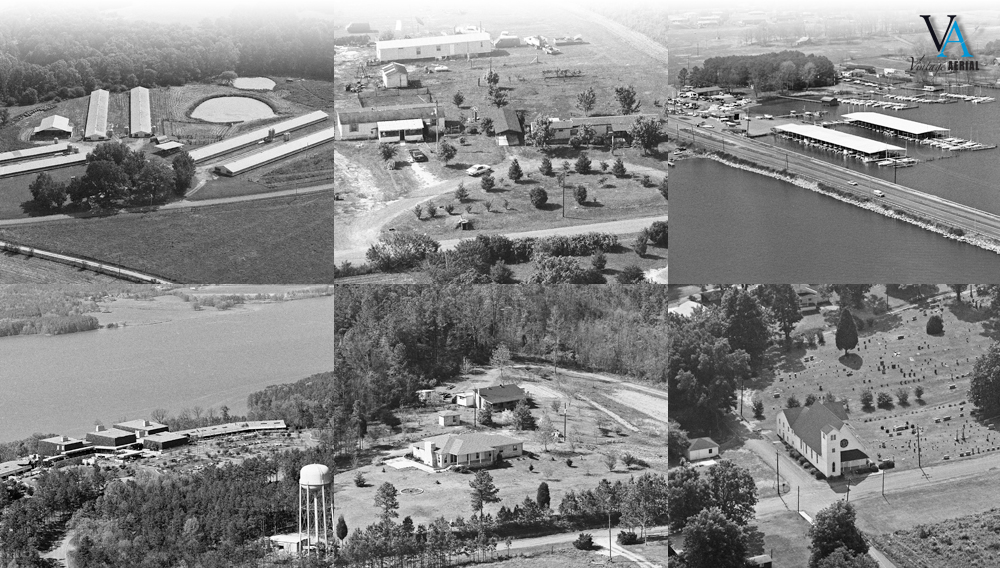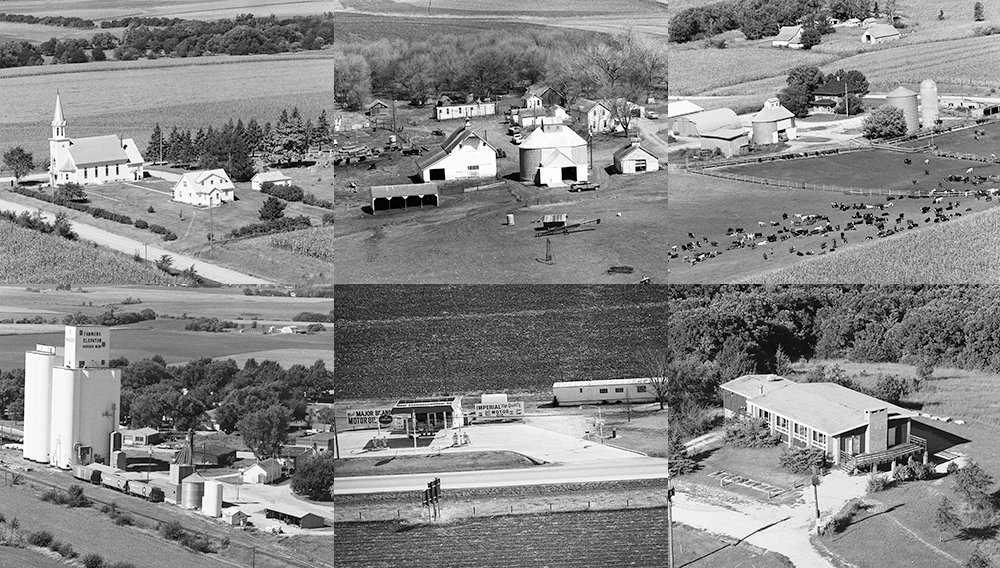
Today, we are excited to announce that over 100,000 photos are now available to search and view online. The Origin of Nebraska’s Name comes from an Oto Indian word meaning flat water. This seems odd as Nebraska was once called “The Great American Desert.” in 1872 Arbor Day was found by J. Sterling Morton. Since then millions of trees have planted for windbreaks, woodlots, and orchards. For myself when I think of Nebraska, solid college football comes to mind. The University of Nebraska has been to a record 27 consecutive bowl games and 27 consecutive winning seasons. In 1899 Cy Sherman referred to the team as the Cornhuskers, which was officially adopted one year later. in 1945 The state changed its official nickname form “Tree Planter’s State” to the “Cornhusker State.”
The term “cornhusker” comes from the method of harvesting or “husking” corn by hand, which was common in Nebraska before the invention of husking machinery. Nebraska is an agricultural juggernaut with close to 50,000 farms generating 25 billion dollars. Nearly nine million acres are planted to corn and produced nearly 1.5 billion bushels. Five million acres were planted to soybeans and produced nearly 268 million bushels. Nebraska’s dairy cows produce over one billion pounds of milk a year. Nebraska’s slaughter plants process nearly 6.8 million cattle and nearly 7.7 million hogs. Of the many farms involved in the agricultural business 86% are family owned and operated. Our collection of aerial photos focuses on these rural farming properties and we hope you find something meaningful within them. Here are a few of our visitors who did.
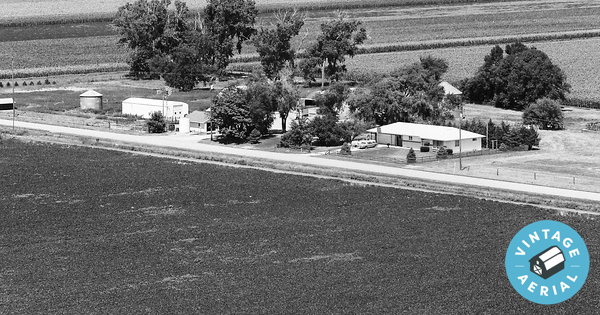


Nebraska Agricultural Data
- Number of counties: 93
- Population: 1,826,341
- Farms: 47,200 (86% Family Owned)
- Female Farmers: 6,977
- Average Farm Size: 966 acres
- Total Farm Land: 45.6 million acres
- Agriculture Receipts: 25 Billion
We invite you to come and take a look at these homes and farms in our collection of over 100,000 aerial photos of this great region. Home is the place where you became you. Find your way back!


